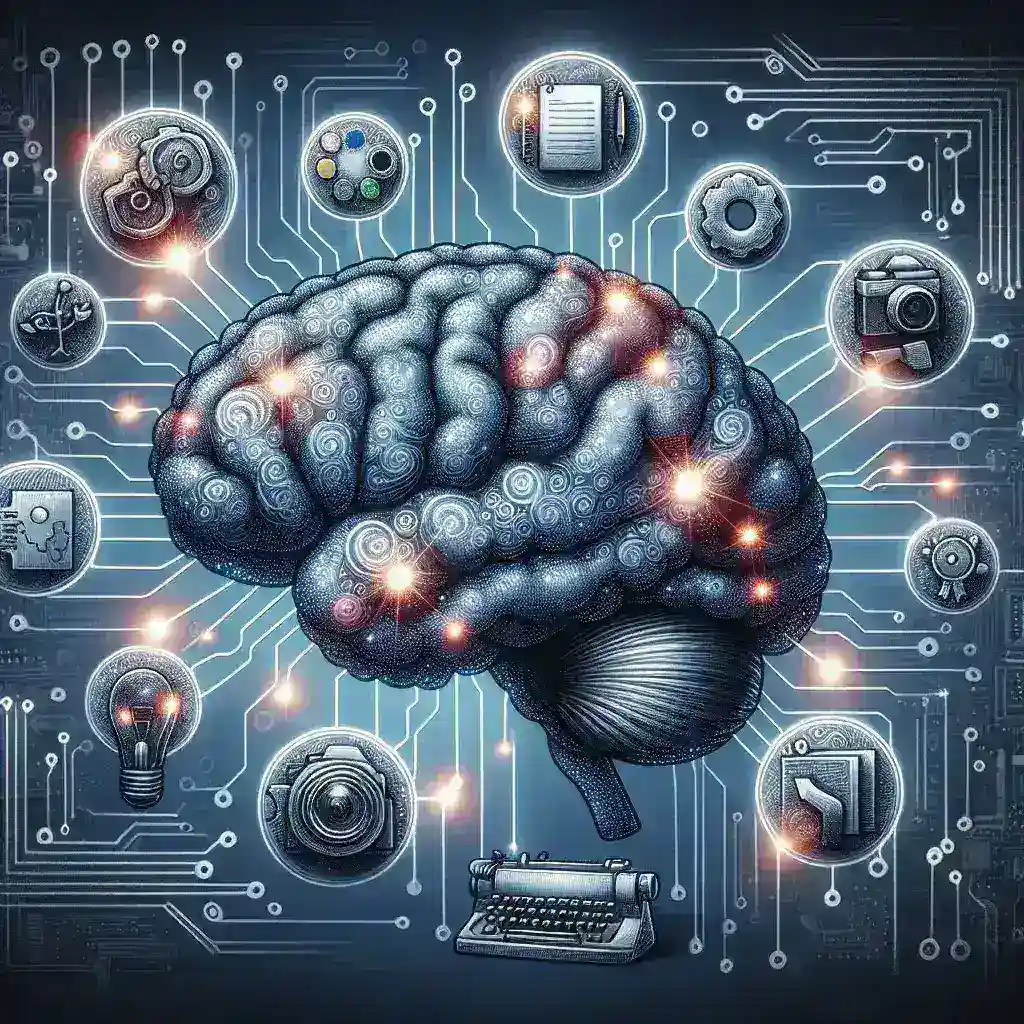Content creation has become a fundamental activity in various industries, from digital marketing and education to entertainment and software development. Whether you are editing a video, designing graphics, or writing code, the performance of your content creation software plays a crucial role in the efficiency and quality of your output. Among the numerous factors that influence software performance, memory is one of the most significant.
Understanding Memory Types
Memory in computers comes in various forms, each serving a distinct purpose. Generally, memory can be categorized into the following types:
- RAM (Random Access Memory): This is the primary memory your system uses to store data that your CPU needs quick access to. It’s volatile memory, meaning it gets wiped clean when the computer is turned off.
- Cache Memory: Located closer to the CPU, cache memory stores frequently accessed data to speed up processing tasks.
- Virtual Memory: This is a portion of your storage drive (HDD or SSD) that your system can use as additional RAM when it runs out of physical RAM.
- Storage Memory: This refers to data stored on your hard drive (HDD) or solid-state drive (SSD), and it’s non-volatile, which means it retains data even when the computer is powered down.
| Memory Type | Function | Volatility |
|---|---|---|
| RAM | Primary Memory | Volatile |
| Cache Memory | Speeds up CPU tasks | Volatile |
| Virtual Memory | Supplements RAM | Depends (on storage medium) |
| Storage Memory | Data Storage | Non-volatile |
Impact of Memory on Content Creation Software
The performance of content creation software such as Adobe Photoshop, Final Cut Pro, and Blender is highly affected by the amount and type of memory available on your system.
Adobe Photoshop
Photoshop is memory-intensive, particularly when working with large files and multiple layers:
- Insufficient RAM can lead to slow performance, lagging, and frequent crashes.
- Photoshop uses scratch disks (a part of storage memory) to store overflow data when RAM is full, but this is slower than using RAM.
- Recommended: At least 8GB of RAM, while 16GB or more provides optimal performance especially for high-resolution projects.
Final Cut Pro
Video editing software like Final Cut Pro also demands high memory:
- Video rendering and preview generation are memory-intensive tasks.
- Low memory can result in longer rendering times and reduced playback quality.
- Recommended: 8GB of RAM for basic tasks, but 16GB or more for 4K video editing and professional projects.
Blender
Blender, a 3D modeling software, requires substantial memory for rendering and simulations:
- RAM is essential for efficient 3D rendering, complex simulations, and working with large models.
- Recommended: Minimum 8GB of RAM, but 16GB to 32GB is advised for more complex projects.
Optimizing Memory for Enhanced Performance
Here are some tips to optimize memory usage for better performance in content creation software:
Upgrade Your RAM
Increasing the amount of RAM in your system can significantly improve performance, especially for memory-intensive tasks.
Utilize SSDs
Using an SSD for scratch disks and virtual memory can enhance performance as SSDs are much faster than traditional HDDs.
Optimize Software Settings
Most content creation software allows you to optimize memory usage through preferences and settings. Adjust these settings to allocate more memory where it is needed most.
Close Unnecessary Applications
Running multiple applications simultaneously can consume available RAM. Close unnecessary applications to free up memory resources.
Conclusion
Memory plays a pivotal role in the performance of content creation software. Understanding the different types of memory and how they impact various softwares can help you make informed decisions when upgrading your system or optimizing current resources. By upgrading RAM, utilizing SSDs, optimizing software settings, and managing running applications, you can enhance the efficiency and performance of your content creation tasks.

